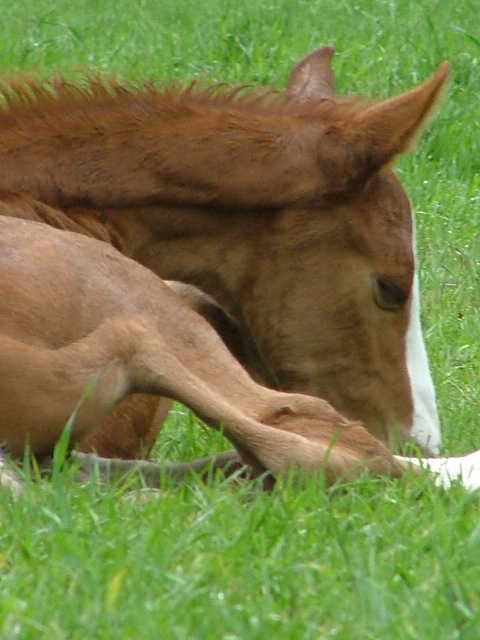Vitamin E in Horse Diets

Vitamin E is one of the fat-soluble vitamins, meaning it can be stored up in the body, and is of significant interest in horse nutrition. It is thought to be involved in muscular efficiency and may play a role as an antioxidant. In growing horses vitamin E plays a key role in nerve and muscle development and function. Foals less than six months of age generally show gait in-coordination, with hind limbs more severely affected than fore limbs. Older foals and yearlings may show decreased muscular reflexes in the neck and trunk area along with muscle in-coordination (equine degenerative myeloencephalopathy).
Mares have an increased requirement for vitamin E due to rapid tissue synthesis by the foal in the last 2-3 months of gestation. About 60% of the foal’s body weight is deposited from months 9 through 11. Vitamin E is involved in muscle fiber formation in skeletal and cardiac muscle. Foals born to vitamin E-deficient mares tend to be stiff and weak and may be unable to rise. Often the tongue muscle is affected, leading to poor nursing ability.
Vitamin E, together with selenium, functions within the immune system of the horse to protect cell membranes and enzymes from oxidation. One result of this function may be increased resistance to disease or stress. Because vitamin E levels are highest in fresh forages, horses show seasonal trends in serum vitamin E levels. Once horses are confined and have limited access to green pastures, vitamin E stored in adipose tissues, liver and skeletal muscles begins to be depleted. Daily supplementation of vitamin E through the feed helps maintain a constant vitamin E level in serum of horses.
